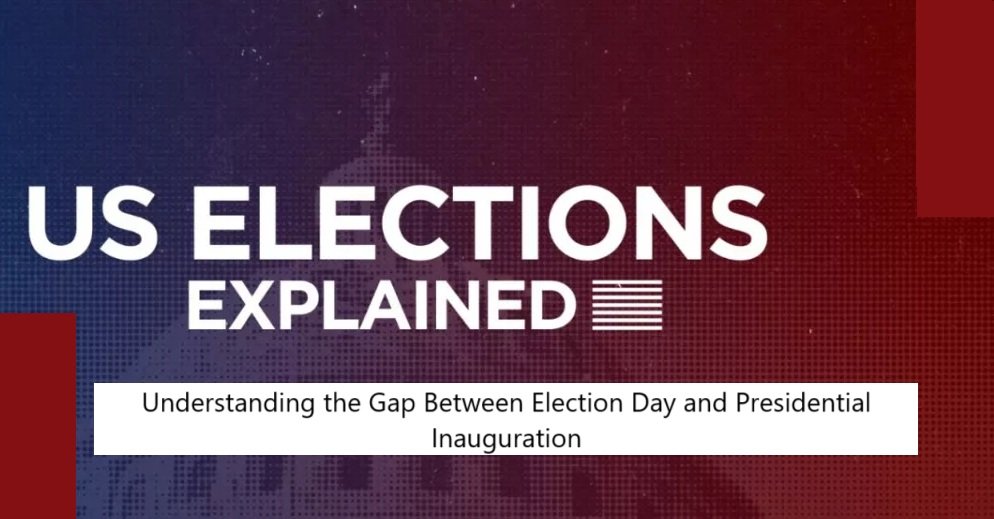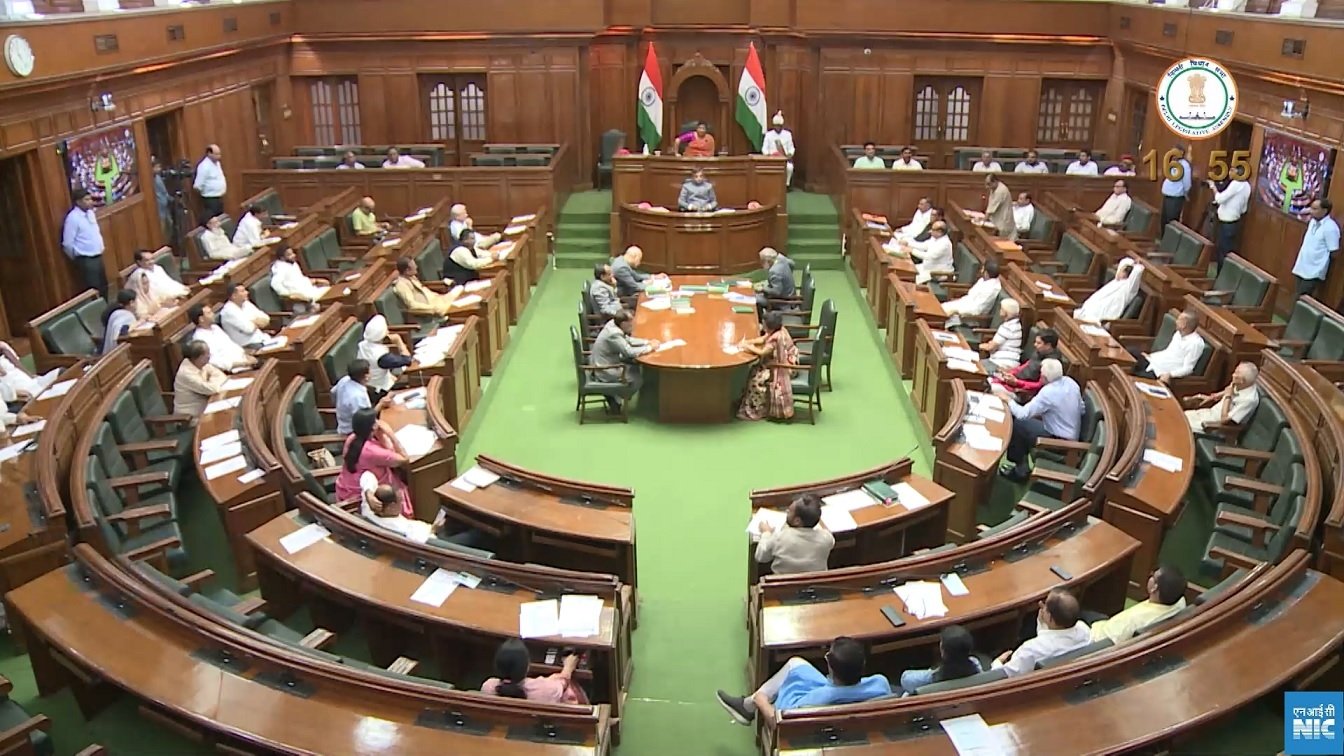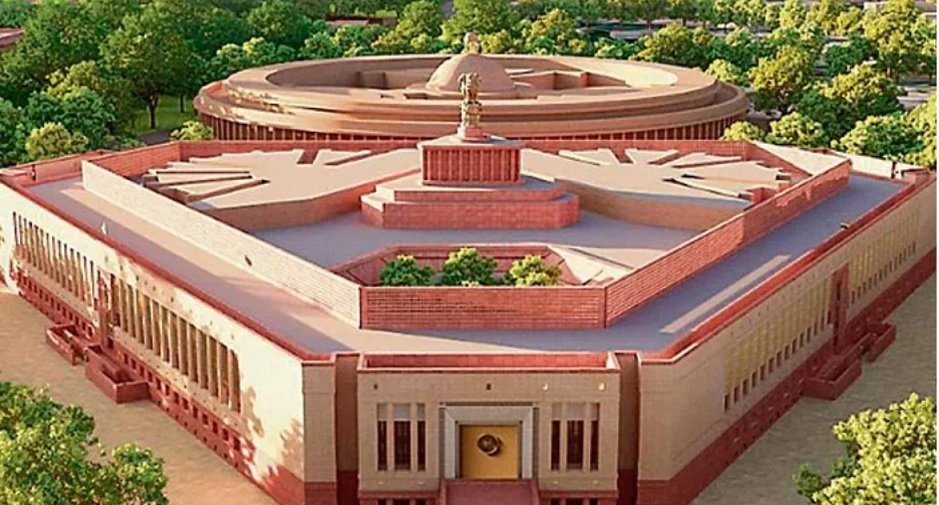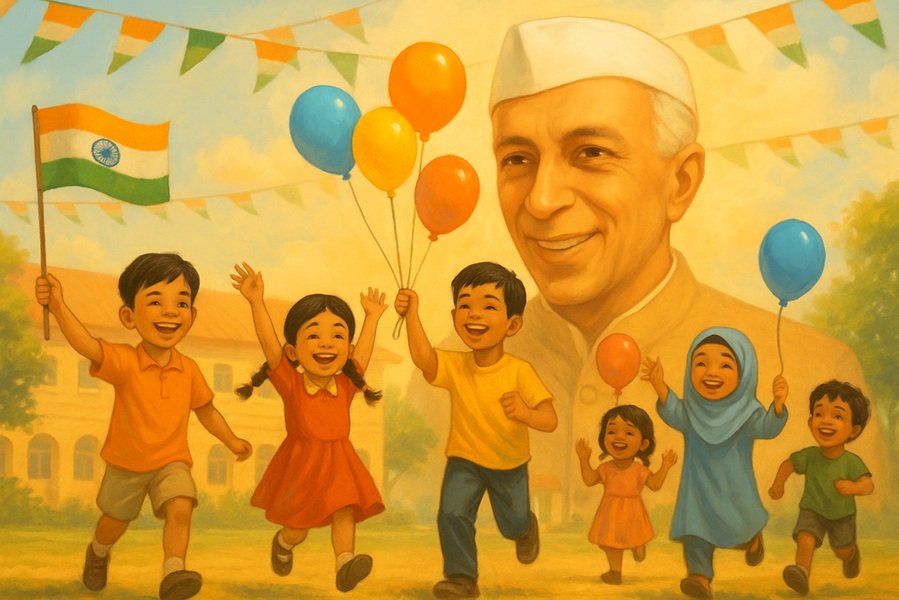New Criminal Laws in India: BNS, BNSS, and BSA
The Indian legal system has undergone a transformative shift with the introduction of three landmark criminal laws—the Bharatiya Nyaya Sanhita (BNS), the Bharatiya Nagarik Suraksha Sanhita (BNSS), and the Bharatiya…
Understanding the Gap Between Election Day and Presidential Inauguration
The period between the U.S. presidential election in November and the inauguration of the new president on January 20th often raises questions for observers both domestic and international. Why does…
The Golaknath Case: A Turning Point in Indian Constitutional Law
The Golaknath v. State of Punjab case, decided in 1967, stands as a pivotal moment in Indian constitutional jurisprudence. It marked a significant assertion of judicial authority, fundamentally redefining the…
The Habeas Corpus Case
The “Habeas Corpus Case,” formally known as ADM Jabalpur v. Shivkant Shukla (1976), stands as a pivotal moment in Indian constitutional jurisprudence. Often cited as a cautionary tale, this case…
The Kesavananda Bharati Case: A Landmark in Indian Constitutional Law
The Kesavananda Bharati v. State of Kerala case, decided on April 24, 1973, remains one of the most significant rulings in Indian constitutional history. The case not only defined the…
Indian Political Parties: Types, Functions, and Dynamics
India is the world’s largest democracy, and its political system is characterized by a vibrant and diverse array of political parties. These parties represent the multifaceted social, cultural, and economic…
Delhi Vidhan Sabha and the Upcoming Elections: A Comprehensive Overview
The Delhi Vidhan Sabha, also known as the Delhi Legislative Assembly, is the unicameral legislature of the National Capital Territory (NCT) of Delhi. The upcoming elections for the Vidhan Sabha…
Indian Constitution Amendment: A Comprehensive Overview
The Indian Constitution, adopted on January 26, 1950, is the supreme law of the land. It is a living document that adapts to the changing needs and aspirations of the…
Understanding Seats, Majority, and Bill Passing in the Indian Parliament
India’s parliamentary system, based on the Westminster model, is a bicameral legislature consisting of two houses: the Lok Sabha (House of the People) and the Rajya Sabha (Council of States).…
Types of Committees in the Indian Parliament
The Indian Parliament is the cornerstone of the country’s democratic framework, where deliberations, legislation, and scrutiny of the executive take place. To ensure efficiency and expertise in handling various issues,…












